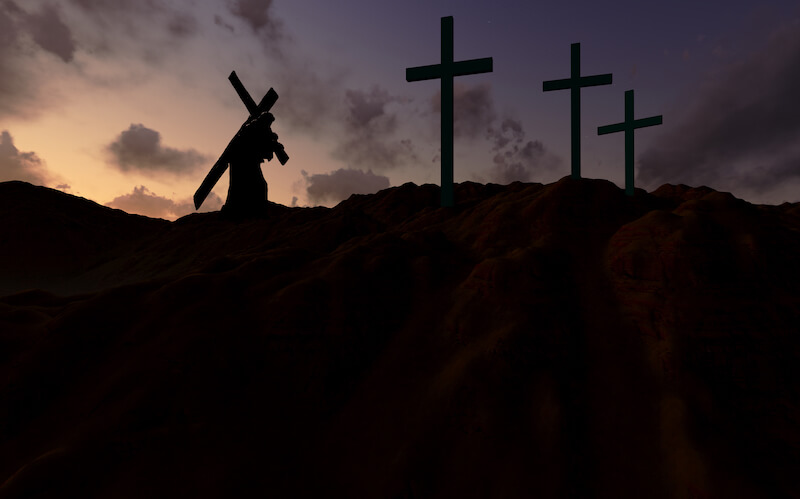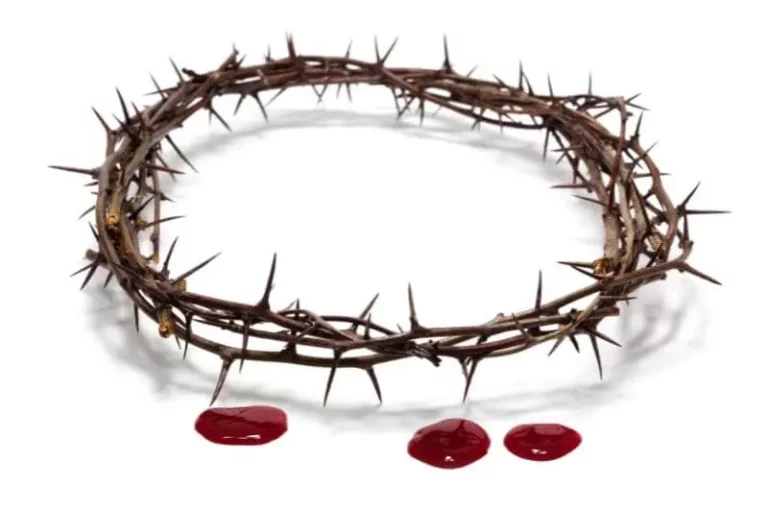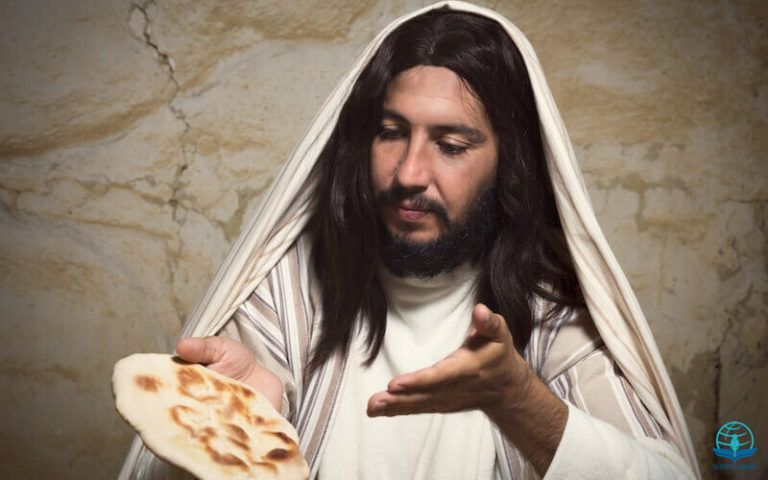The Sufferings of Christ and the Glory that Should Follow
Searching what, or what manner of time the Spirit of Christ which was in them did signify, when it testified beforehand the sufferings of Christ, and the glory that should follow (1 Pet. 1:11 KJV)

The Apostle Peter describes grace( verse 10) as “the sufferings of Christ and the glory that should follow.” In this description, he enumerates two aspects of grace—the sufferings of Christ and the glory that should follow.
Although grace is free to us, it is not cheap. A hefty price tag is attached to the kindness God has shown us in Christ. While God has always been gracious, including in Old Testament times, our grace in Christ is different. In fact, scripture specifically calls it the grace that is in Christ. This grace is kindness from God at the cost of the suffering and death of the Son of God.
In 1 Cor. 6:18, Paul reiterated this truth, stating that we are bought with the price. Christ knew what our salvation required, and He willingly offered Himself to pay the price—for sinners and rebels. There is always something awe-inspiring about a person willingly enduring grief and pain for another’s benefit.
Christ suffered alone and brought us to share the outcome of His sufferings which is the glory of God. His suffering was a means to an end; He so longed to see us free from sin and Satan and enjoy the delights of His life as the Son of God. The scripture says that the joy of seeing us saved and enjoying eternal life motivated Christ to endure the cross( Heb. 12:2). So when Christ thought about you, He persevered and endured the pain.
Grace is incomplete until Christ’s sufferings are matched by His people entering into the glory of His life. God is not a sadist who delights in human suffering. The only joy He has in the sufferings of Christ is the glory that will follow. Christ’s joy is not complete until a sinner is rescued from sin, Satan’s power is broken over our lives, our bodies are healed, or we are so full of the Spirit that we drip with the oil!
Our eyes should always be on these two dimensions of grace—His sufferings and the glory that should follow.
Can you see how Peter describes grace in this passage 1 P: et. 1:10-11?
Always keep the suffering and death of the Savior before your eyes. This sight will always maintain a fresh dose of awe and admiration of the Savior in your hearts. But remember His sufferings were a means to an end—until you and others around you step into the glory that should follow His sufferings, Christ’s joy is not completed!
Take a moment to thank the Savior for accepting to suffer to bring us to glory.
Read & Watch
The Mystery of the Substitution
Understanding the blood of Jesus
Greater love hath no man than this
What is a Devotional?
View all Deshen Daily devotionals including today’s devotional.
Free Mini E-book: From Spiritual Dryness to Flourishing







